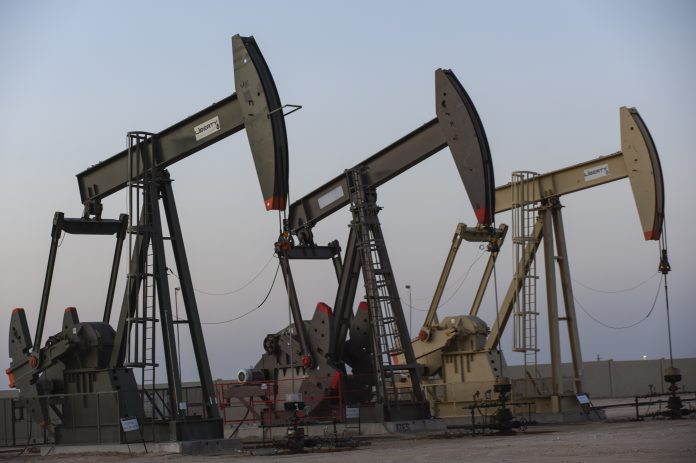The Texas Oil & Gas Association says the technological advances made by the Chevron Corp. and other energy leaders are providing some stability to a topsy-turvy world.
“Led by Texas, the United States is the world’s No. 1 producer of oil and natural gas in large part due to industry’s investment in innovation and our state’s abundant and growing proved reserves,” TXOGA President Todd Staples said Monday from Austin in response to a Chevron press release about its advances.
“This industry’s use of cutting-edge technology and best practices is driving the production of affordable, reliable energy that secures our nation and are providing stability in an increasingly volatile world where energy security is a necessity, not a luxury,” Staples said.
Chevron geophysicist Andrew Deighan, director of the company’s Americas Exploration and Production Division in Houston, said Nov. 14 that he had worked in areas including the North Sea, Egypt, Kazakhstan, Mexico and Trinidad.
“I’ve lived in some amazing places and it’s opened my eyes to how vast and beautiful the world is,” Deighan said. “Beneath that beauty, if you look in the right spots, are the oil and gas resources that are necessary for fueling the modern population.
“Most oil and gas fields begin with exploration and if energy companies aren’t discovering new fields, the reserves will run dry.”
Deighan said surface geology maps were the main tool in the early years, but explorers began to rely more heavily on technology as the industry developed.
“We can obtain seismic data by sending pulses of sound underground,” he said. “The sound’s reflection is used to create a picture akin to a three-dimensional sonogram covering hundreds of square miles of land.
“The raw image it produces appears distorted, but once processed it gives scientists a clearer picture of what lies beneath.”
Deighan said a geologist looks at seismic data on a visualization wall, adding that analyzing raw seismic images “is kind of like looking into a hall of mirrors with everything distorted.
“Geologists look for four key elements to come together when researching an area’s potential,” he said. “Without a source rock, you don’t have anything and any old rock won’t do.
“The right one must have been deposited and preserved in a certain way. You need a reservoir rock that’s porous and allows oil and gas to migrate and be stored and produced from and you need a seal that prevents it from escaping and a structure that traps or collects the oil and gas.”
Deighan said the rock samples must also indicate that a field has the potential to produce large volumes.
“It’s a bit like the Clue board game,” Deighan said. “You’re trying to put together all these different pieces of information to determine whether it has a chance of being successful.”
He said the exploration efforts of the Chevron Corp., which has a major presence in the Permian Basin, can take years to develop fully and they aren’t always successful.
“When they are the exploration phase ends and another chapter begins,” Deighan said. “It starts with the rocks, but we need drillers, engineers and refineries to realize that potential.
“It’s a value chain that begins with exploration and ends with consumers putting gas into their cars. People don’t realize the amount of time and labor it takes to get to that product.”




